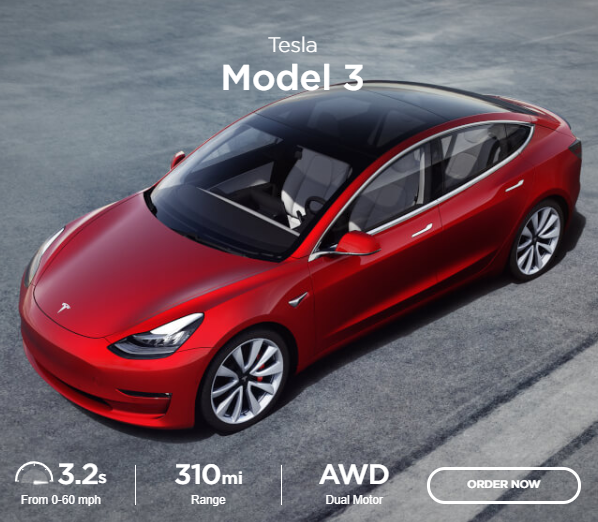
Some new information on Tesla’s most awaited Cybertruck has come to light as a result of a patent application filed by the American EV maker with the US Patent and Trademark Office, as well as other international patent offices.
Another Disruptive Technology
The document describes how Tesla might use glass with strong curvatures for the Cybertruck’s windscreen, as well as how these surfaces can be created.
The American EV maker says how applying localised heat to a piece of its glass surfaces could facilitate the formation of a feature line in the patent or, put another way, how glass can be bent by applying heat.
The patent documents say,
“Automotive glass structures having curves and feature lines and methods for forming the same are provided. An example method includes applying localised heat (e.g., via a laser, or heating element) to a location of a substantially planar glass structure and bending the glass structure at that location (e.g., along a line of the planar glass structure) to form a feature line in the glass structure. The bending can be formed to have a radius of curvature between 2 mm and 5 cm. Additional layers of curved or joined glass layers may further be included to form a curved multi-layer glass structure for automotive use.”
The techniques specified in the patent’s full explanation of the disclosure are said to be suitable for application in “an automobile, a truck, a semi-truck, and so on,” with the patent illustrations clearly depicting the Cybertruck as an example.
This isn’t to say that Tesla’s upcoming electric pickup will definitely use glass processed using the techniques described in this patent, but based on what the American company has said in the past about its so-called Armor Glass and high-durability glass project, we can assume that aggressively-curved glass will appear on the Cybertruck at some point in the future. Furthermore, these forming techniques may aid the Tesla Semi by lowering the number of glass panels now utilised for its wraparound greenhouse.
The patent goes on to say that similar glass structures might be used within the car, such as on the dashboard, gauges, interior panels for doors and consoles, and so on.
Tesla’s method is intriguing, and it may mirror the curved windscreens of the 1950s and 1960s, however, the quality of that glass was questionable in terms of distortion.
Although there is no official word on when the Cybertruck will debut, production equipment has been sighted multiple times at Tesla’s Gigafactory in Texas, and Tesla’s head designer has stated that the truck is finished from a “design viewpoint.”
Tesla’s Armoured Glass & Failed Test
All must remember the failed test of Tesla’s Armour glass. Despite the fact that it was designed to deflect it, Franz von Holzhausen tossing a steel ball at the Tesla Cyber Truck’s side windscreen and breaking it during the unveiling of The Cyber Truck went viral for all the wrong reasons. Despite the fact that the window failed the ball test, Tesla will nevertheless put the laminated armoured glass on its truck, and we now know more about how this multi-layered glass works owing to newly revealed patents.
According to the patent, it should be able to endure a 2 Joule impact with only a 10% failure rate (that means it has an IK07 impact protection rating). This means that it should not fail nine times out of ten when a 0.5 kg (1.1 pounds) load is dumped on it from a height of 40 centimetres (15.8 inches).
It works by combining several different sheets of glass – the inner pane is chemically treated to improve its flexibility and strength, and it is joined to the outer pane via an adhesive layer (with energy absorption properties) and is made of borosilicate (glass with boric oxide in it), which is supposed to make it more resistant to thermal shock.
According to Teslarati, the patent explains that Tesla’s purpose for employing this advanced sort of glass is primarily for everyday use. The manufacturer will not include it in the Cybertruck because it wants the occupants to be safe from actual projectiles thrown at the vehicle. Instead, the goal is to prevent rock chips from occurring, hence extending the glass’s lifespan. This is especially true of the windscreen, which is prone to chips and is difficult and costly to replace.
We’re confident that one of the first things YouTubers who order a Cybertruck will do is fire a gun through one of its windows. And the inevitable conclusion will be that the glass will shatter because it isn’t bulletproof glass, but armoured glass and the two phrases aren’t interchangeable. A single 9mm shot has hundreds of Joules of energy, so unless the glass is specifically constructed for it, we don’t think Tesla’s Cybertruck glass will genuinely stop a bullet (although its thick stainless steel body just might).